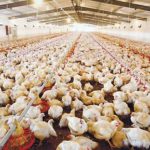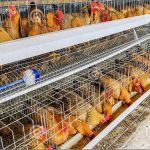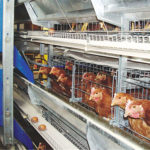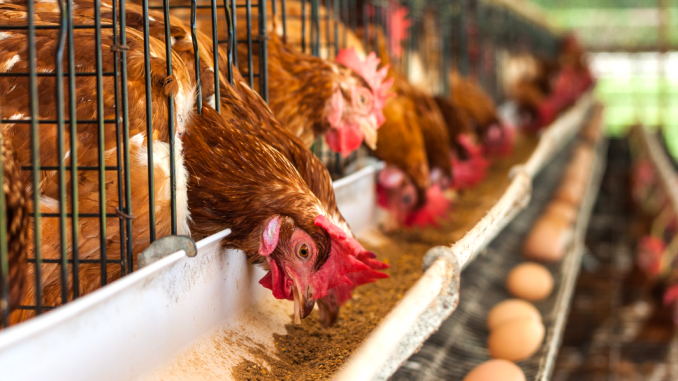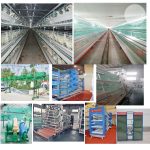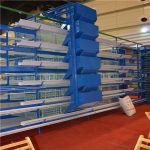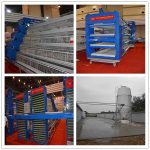The advantages oflayer chicken farming cages:
The caged chickens can increase the feed density, and the caged hen chickens can save feed and reduce the feed cost. Because the caged chickens have a smaller area of activity, the amount of exercise is also reduced, the energy consumption is less, and the amount of wasted feed is relatively reduced. The caged chickens do not touch the feces, which is conducive to the epidemic prevention of the chickens, and the laying hens are clean, and the loss of eggs outside the nest can also be eliminated.
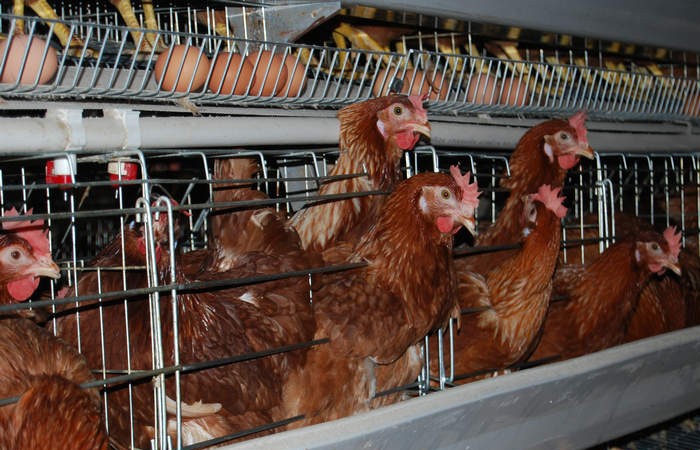
Analysis of the pros and cons of flat chickens:
Compared with caged chickens, flat-raised chickens require less investment, and can eat grains of sand, which can help digestion, improve production, and have better egg quality. Because of the large breeding area of flat chickens, it provides a larger space for chickens and poultry.
Disadvantages of flat-raised chickens: flat-raised chickens have relatively low breeding density and scarce breeding density, which directly affects the total production of breeding. In addition, it is not easy to clean the feces of flat-raised chickens. The chickens have long-term exposure to the feces and the air is not fresh, which can easily cause diseases and directly infect the entire chicken flock, causing a large proportion of mortality.
There are pros and cons for layer chicken farming cages to raise chickens and peaceful chickens. When making a selection, farmers need to make a decision based on their personal circumstances. However, caged chickens have now become an inevitable development trend in the chicken field in the future. For long-term chicken farmers, it is recommended tochoose poultry cages systemto improve the overall economic benefits.


